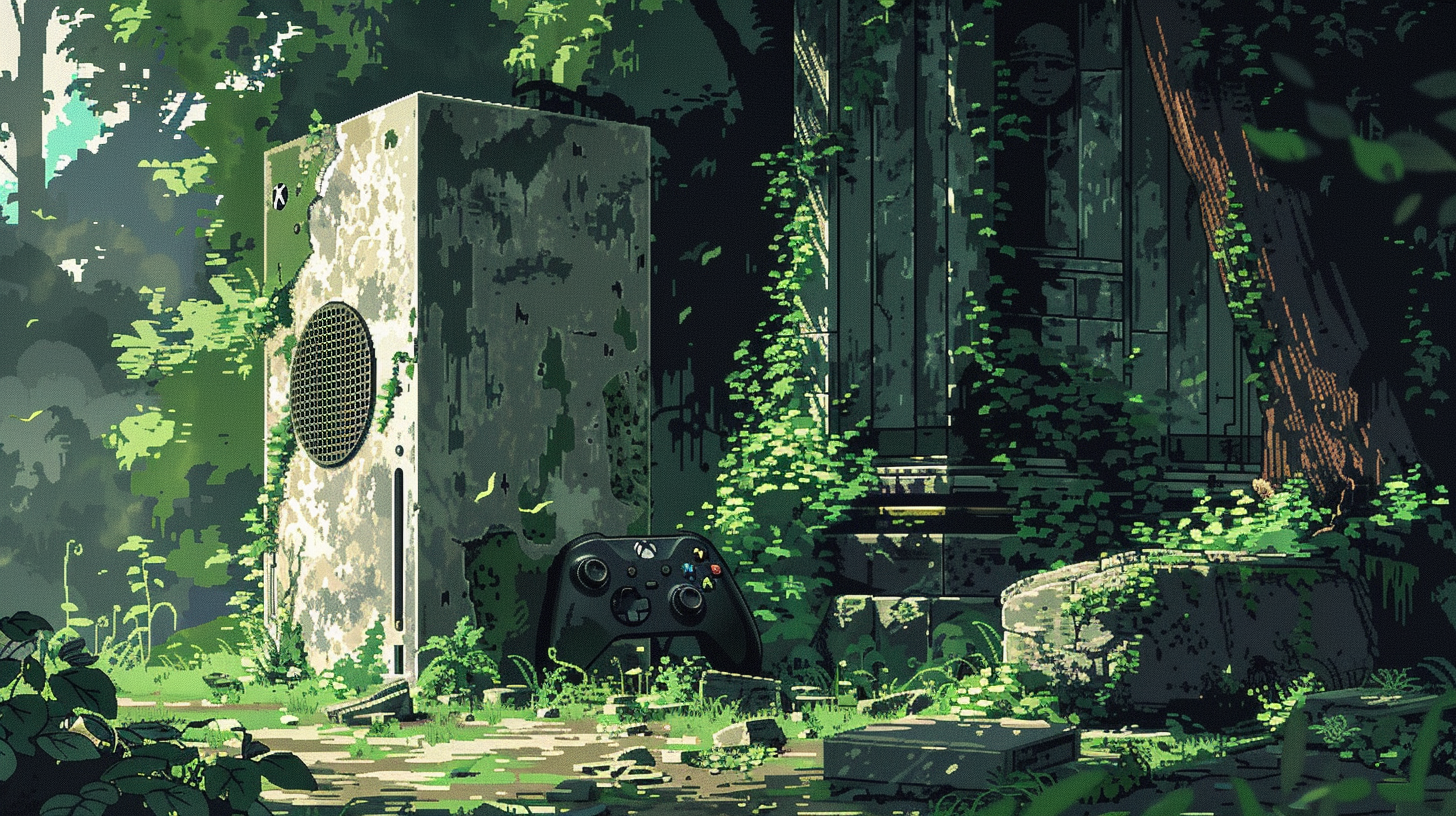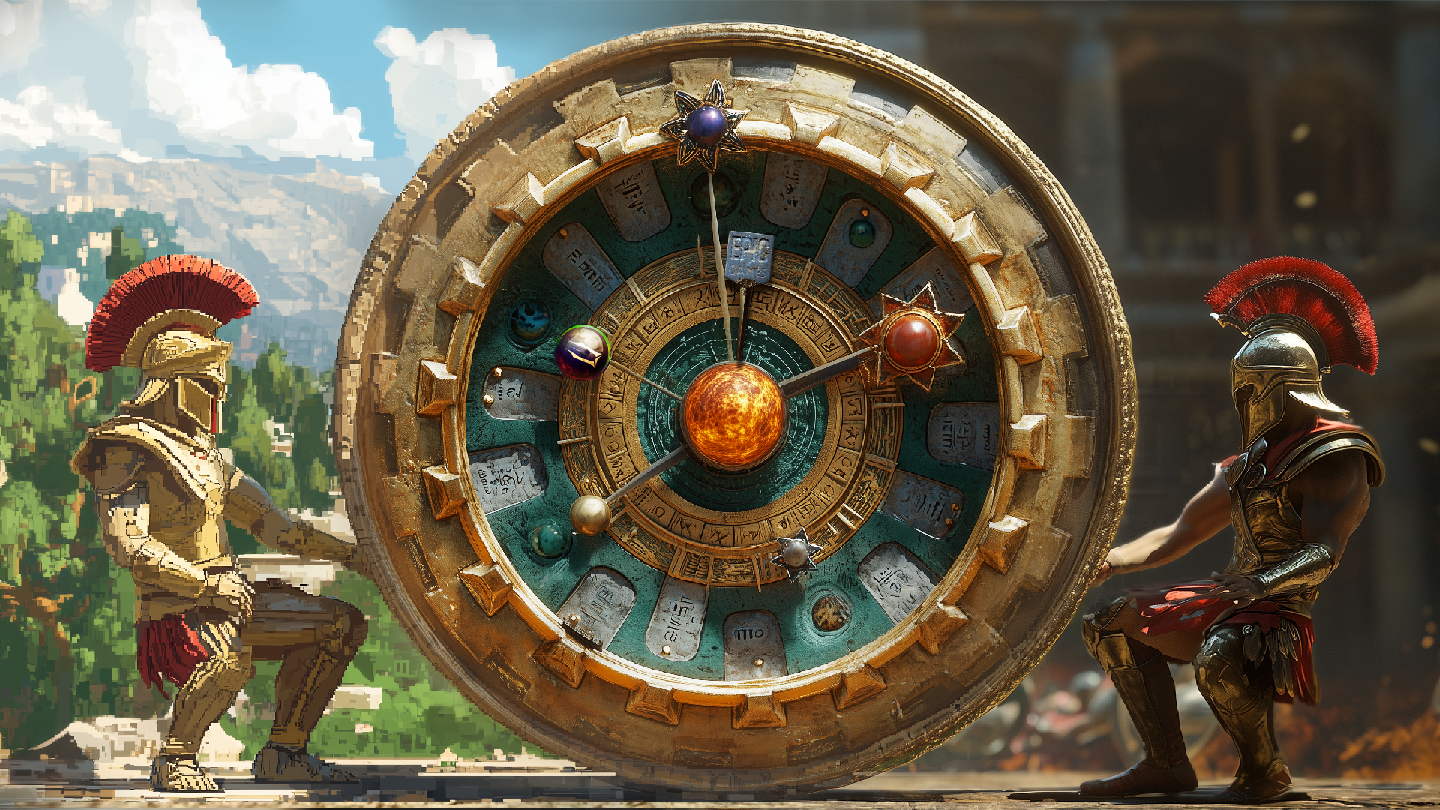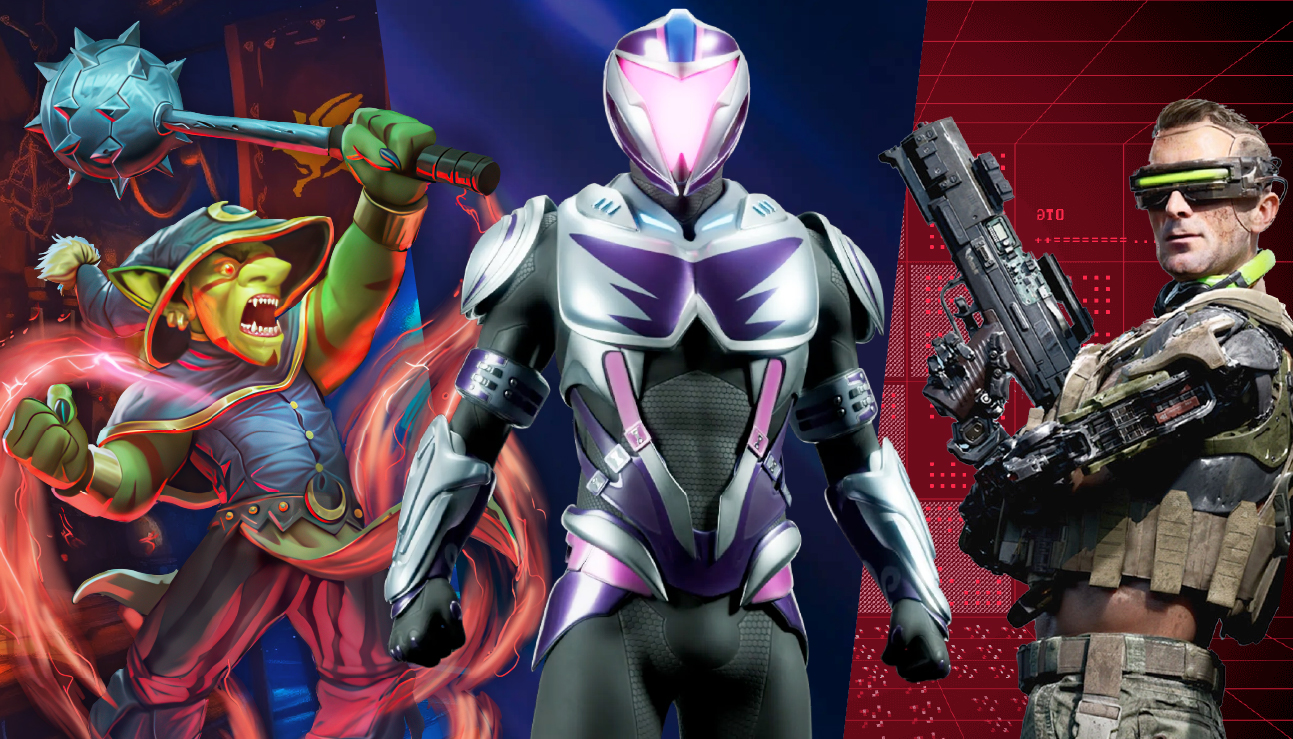For the past two weeks there has been intense speculation within the Xbox community that Microsoft was about to pull the rug from under the console.
That speculation culminated today in a video podcast with three Microsoft executives, which on the surface was something of an anticlimax.
Xbox boss Phil Spencer announced that four games were losing Xbox exclusivity, but didn’t identify them beyond saying they weren’t Starfield or the new Indiana Jones game. Other sources say the four games are Sea of Thieves, Hi-fi Rush, Pentiment and Grounded.
To sign up to this newsletter, enter your email, tick the box and click subscribe!
Compared to the speculation – shutting down hardware production, for example – this is not a big deal.
Spencer also made plenty of placating noises like “don’t take this as a signal” and that there was “no fundamental change” in Xbox strategy. The context is that Xbox owners are fiercely defensive of their consoles, and the tribe seems to swing between despair and ferocious denunciations of anyone who threatens the hardware.
Look beyond the reassurances, however, and it’s clear Microsoft strategy is heading away from hardware exactly as feared by the faithful.
“It’s not about games in service of a device,” said Spencer. He and the other two execs (Sarah Bond and Matt Booty) emphasised being able to play games across devices, and it seemed to me as though the overriding priority will be the Game Pass subscription service.
Sarah Bond said the service, which costs $10/month in the US, now has 34 million subscribers. Those numbers will presumably be boosted by Activision Blizzard additions – Spencer announced Diablo 4 would come to Game Pass.
The implications are that game exclusivity will still have a role to play in driving subs, rather than selling consoles, and that the natural endpoint is the availability of Game Pass on all platforms – including competitive consoles. That won’t happen in the near future – and the execs actually made a categorical denial in today’s session – but at some point down the line it will become the smartest move for Microsoft. Our coverage
Hunting big NFT game
Illuvium gave a sneak peak this week of a new mechanism for capturing Illuvials in the Overworld: blasting them, FPS style.
Overworld is the third-person open world element of the Illuvium game suite, where players collect creatures (Illuvials) to use in the Team Fight Tactics-style autobattler known as Arena. In the released footage, the ranger character (played by the gamer) tracks down Illuvials in the beautiful Brightland Steppes region of the gameworld.
The first beast she attacks manages to escape by reaching a kind of portal before it can be felled by the multiple hits she has already landed. The next Illuvial succumbs, with the video cutting out before the game transitions to the next stage of capture: presumably a fight in the autobattling arena.
The gameplay trailer confidently announces “Q2 2024” as the launch date for Overworld (and presumably Arena, it wouldn’t make sense to launch one without the other).
The video lives up to the AAA expectations of the Illuvium project, with beautiful visuals and amazing sound design. As a shooter, however, it’s hard to see Overworld matching up to other titles. This is a capture mechanism, not a full game, and it remains to be seen if Frankensteining two game types together in this manner will work for gamers. It’s worth noting that the hottest game in the world right now, Palworld, is a shooter creature collector. Not clear whether this works for Illuvium or against as yet. My feeling is that Illuvium lives and dies on the TFT fanatics out there: it needs to crack that market and dominate it to have a shot at success. Link
OpenAI blow minds, again

The pace of AI innovation isn’t slowing down. Today (Sydney time), OpenAI revealed details of their text-to-video AI, Sora, and it appears to be mind-blowingly good. At Polemos we occasionally use text-to-video to help us create “B-roll” – background video – for our Youtube pieces. The service we use is called Runway, and in a pinch it can be useful, but too often the videos it produces turn out to be nightmarish and surreal: faces and hands morphing into disturbing shapes a couple of seconds into the animation. Also the videos are often like glorified stills rather than true video, with very little subject movement.
On the basis of the provided examples, Sora changes that. I might be sceptical if this was a product from another organisation, but OpenAI has the track record. The videos look incredible: a glamorous woman walking through a streetscape; a drone shot of a 4WD on a dirt track; a flock of paper planes flying above a jungle.
Sora is not yet publicly available. OpenAI cites “safety”. I get that, but I’m impatient. Check out the examples for yourself and see whether you think, as I do, that this one will upend YouTube and probably a lot more besides.














